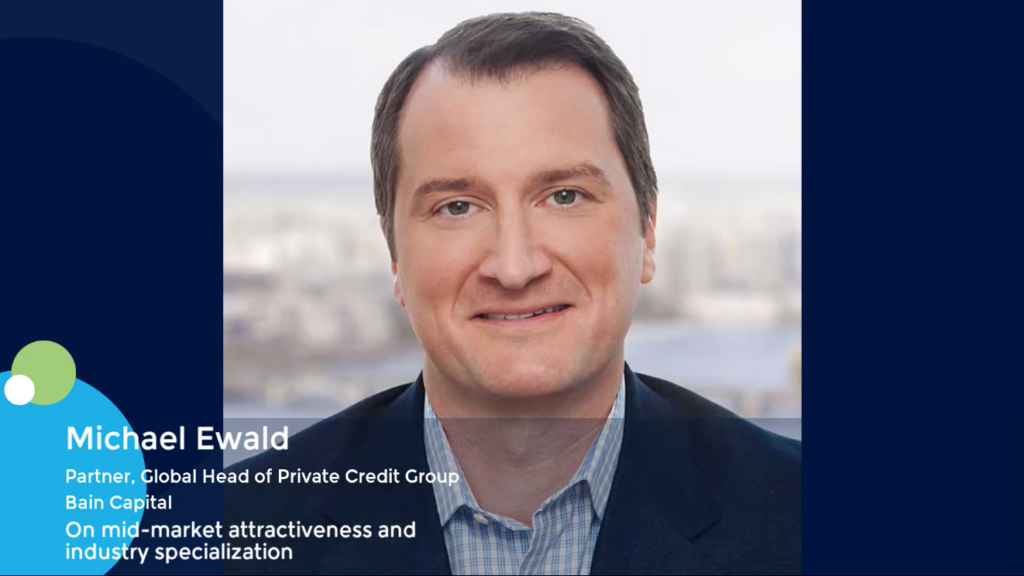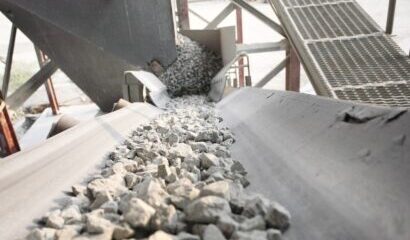LPs in Asia: Australia’s Aware Super pushes into Europe, diversifies away from tech
As the Australian superannuation fund builds an on-the-ground presence in global markets, new themes such as financial services are coming into focus. A ramp-up in direct deals, including take-privates, is part of the plan
Aware Super is moving fast in Europe. In early 2023, the superannuation fund confirmed plans to develop an office in London and add 20 staff in the near term. The official opening came last November with a AUD 10bn (USD 6.5bn) commitment to build out an alternatives strategy in the region, and in the intervening five months, traction has been significant.
There are still only three staff in the market, but they include Damian Webb, its deputy CIO, and Jenny Newmarch, its head of private equity. Meanwhile, a new GP relationship has been added – bringing the European total to four PE managers – and several direct investments have been agreed.
“As much as being Sydney-based works well, having a team on the ground in Europe has been helpful from a co-investment perspective. Being closer to the market, finding opportunities, and being able to read those signals alongside managers has been very helpful,” said Rishi Dua, a private equity portfolio manager at Aware.
Recent direct investment activity in the region includes the acquisition of a 22% stake in UK build-to-rent accommodation platform Get Living for USD 900m alongside Dutch pension fund APG.
“Some of our GPs are a short walk from our office, and that typically means that the teams have coffee catchups on a regular basis. This has led to us being closer to the flow of investments and it’s been great from a sourcing perspective as well,” Dua added. “It’s still very early, but generally speaking, it’s been an additive piece of the evolution of our private equity strategy.”
Although the main thesis in Europe is about getting closer to existing partners and positioning for greater involvement in co-investment situations, the initial fund commitment is not seen as an outlier, with more expected in the near term.
Aware moved quickly because the manager in question had a substantially seeded portfolio, limiting the blind pool risk. Dua noted that several assets revealed a distinct value-creation play.
“In this market, we’re seeing opportunities where GPs have been on the road for 12 to 18 to 24 months, and they’ve invested sometimes up to 70% of their portfolio already. We can do deep diligence on those assets and come in at cost, and that’s been quite an interesting space,” Dua said.
“A few managers in our pipeline are squarely in that bucket. We get out the j-curve reasonably quickly or don’t have a j-curve at all in some cases. In this macroeconomic environment that’s a pretty interesting risk-adjusted play in private equity.”
Strategic positioning
Making commitments relatively late in a target fund’s deployment phase also means that Aware can take its time getting to know managers and underwriting investment cases. Yet it is analogous to a seemingly opposite strategy whereby the superannuation fund takes early cornerstone positions in funds managed by emerging GPs with a view to establishing more meaningful relationships.
Standout examples in the Australian market include Adamantem Capital and Potentia Capital. In addition to terms that provide for additional co-investment rights, these anchor investments position Aware to have preferential and expanded exposure to an eventual Fund II.
“We try to lock them in for at least a couple of funds,” Dua said. “Given the risk we’re taking, we think an economic arrangement makes a lot of sense.”
Aware doesn’t see this gambit as absolutely necessary in the current market. But it is likely to be a prevalent approach going forward, given the super fund’s penchant for backing first-time funds, if not first-time managers. Aware was the first institutional LP for about two-thirds of the managers currently in its portfolio.
“We like to get into these relationships when managers are early in their journey – when there’s a lot of hunger and alignment can be strongest,” Dua said. “One of the key questions is whether they’re able to source deals effectively. If you see this play out during the fundraise, that can be answered in a really tangible way.”
Aware’s private equity exposure, about 8% of its AUD 160bn in assets under management (AUM), is traditionally deployed half in funds and half in directs and co-investments; the goal is to put about AUD 2bn to work in the asset class every year.
A tail of early fund commitments means the current split is about 65% funds and 35% direct, but this is hoped to even out as co-investment picks up. Standout traction on this front includes participation in take-privates for Australian broadband provider Vocus Group and vehicle registration office VicRoads.
Aware delisted Vocus in a AUD 3.5bn deal alongside Macquarie Asset Management in 2021. They teamed up once again – and were joined by fellow super fund Australian Retirement Trust – a year later to complete a partial privatisation of VicRoads at a valuation of AUD 7.9bn.
Last year, Aware made its first investment in the data centre space, backing US-based Switch, which designs, builds, and operates facilities. This followed a USD 11bn take-private of the company in 2022 led by IFM Investors, an investment manager owned by Aware and numerous other superannuation funds, and strategic player DigitalBridge.
Selecting managers
There are currently 17 active GP relationships globally. North America represents 60% of this exposure, with Europe and Australia each trailing with 15%-20%. The remainder is Asia.
Buyout is the dominant strategy, accounting for 60% of fund commitments, while venture is 20% and growth is 15%; the remainder comprises special situations and some secondaries. It’s worth noting that venture was not planned to be 20%, but the portfolio has grown on the back of a string of strong years. It is the only part of Aware’s broader PE portfolio to experience a denominator effect in recent years.
“We’re looking to add groups and partners where we feel we can really be more than just commodity capital,” Dua said, noting that cheque sizes range from USD 75m to USD 200m for buyout funds and USD 20m to USD 50m for venture.
“We want to be one of the largest LPs, and a large strategic capital partner, whether it is from a co-investment and co-underwriting perspective or a warehousing perspective.”
Specialisation is a priority in GP selection. Historically, technology specialists have represented 40% of the portfolio, with healthcare on 20%. There is a concerted attempt to diversify this mix amidst a decline in tech sector sentiment, with areas such as energy transition, affordable housing, life sciences, digital infrastructure, and industrials coming to the fore.
Financial services – seen as prospective in the light of a shaky macro – is arguably where most attention is being placed. “We’ve got funds investing in things like insurance brokerages and reinsurance books that we think can do well in periods of rising rates, rising inflation and rising uncertainty,” Dua said. “We’ve added two financial services relationships in the last 18 months.”
Although Aware has only 17 active GP relationships, it listed 38 private equity partners in its 2023 annual report. Many of these are considered struggling entities, inherited as part of a string of recent mergers with other super funds. The phenomenon has resulted in an anomalous bulge in Australian GPs, but this is expected to normalise as the programme matures and the weakest managers are phased out.
Aware was established as a brand, when its predecessor First State Super merged with VicSuper in 2020. This coincided with a merger between VicSuper and WA Super, as well as a merger with the Victorian Independent Schools Superannuation Fund (VISSF). All in, it resulted in Aware becoming the fifth largest superfund in Australia, nearly doubling First State Super’s AUM since 2018.
The legacy of this activity – spanning the need to write larger cheque sizes to inheriting underperforming assets – raises the question of what consolidation means for the continued participation of super funds in private equity as a group.
“I think it’s a net positive for the asset class because a number of subscale funds have struggled to access private equity,” Dua said. “The small groups find it really difficult because it’s just such a specialised asset class, and they just don’t have the resources available to them to access it in an efficient way.”












